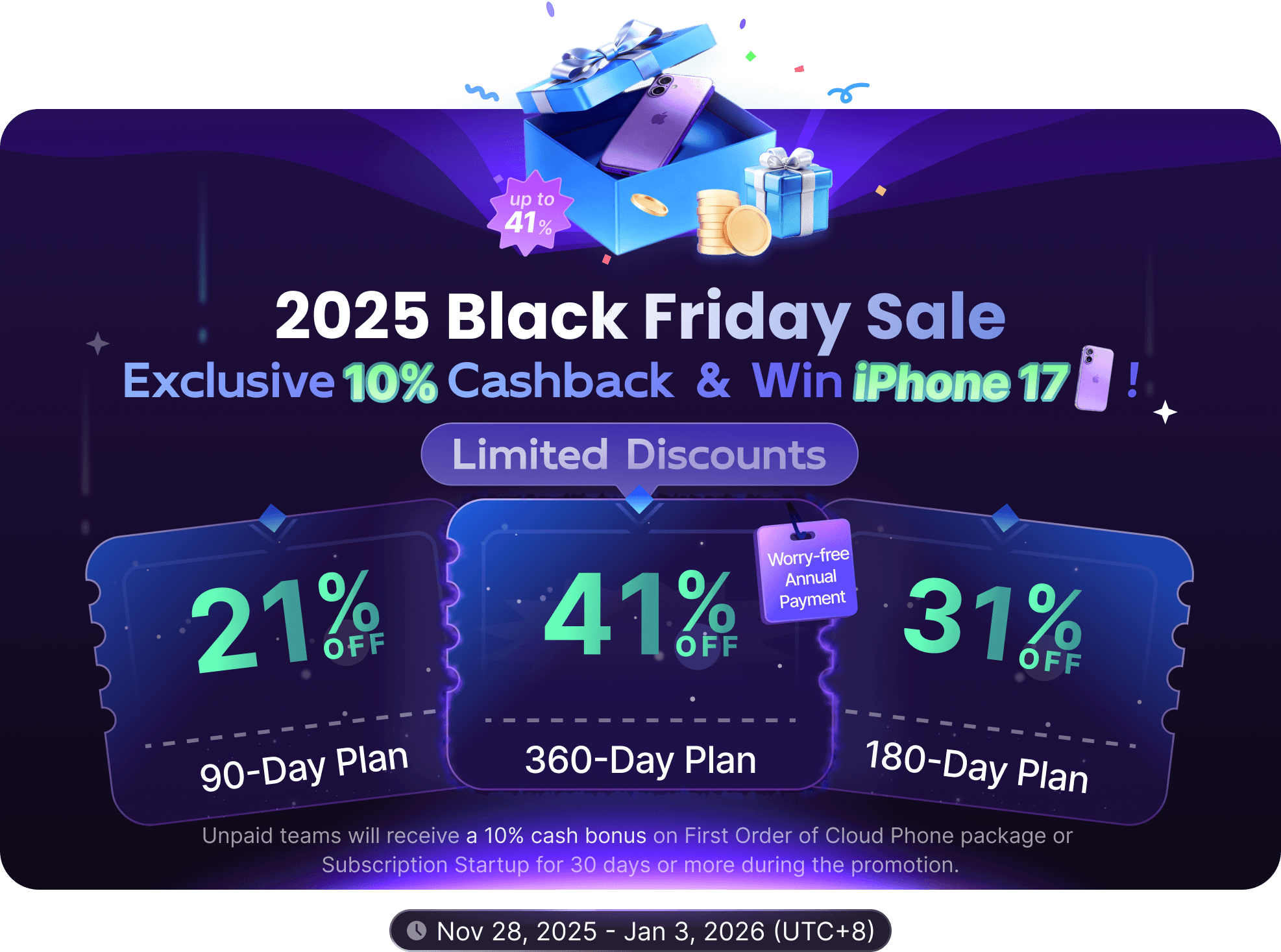B2C (Business-to-Consumer)
What is B2C?
B2C (Business-to-Consumer) refers to a business model where enterprises directly sell products or services to consumers through online platforms. Unlike the B2B (Business-to-Business) model, B2C transactions typically involve smaller transaction volumes, shorter decision-making processes, and consumption demands that are more inclined to emotions and experiences.
Characteristics of the B2C Model
1. Small Transaction Scale
B2C transactions usually involve small amounts of money because the products or services purchased by consumers are generally to meet personal needs, rather than production or operational needs. For example, when consumers buy electronic products, clothing, daily necessities, etc., the transaction amounts are usually much lower than those of B2B transactions.
2. Simple Decision-Making Process
The decision-making process for B2C transactions is usually simpler than that for B2B transactions. It is usually decided by an individual consumer or a family, without the participation of multiple departments or decision-makers. For instance, when consumers buy clothing or electronic products, the decision is usually made by the individual, without a complex approval process.
3. Emotion-Oriented
The B2C model emphasizes establishing brand relationships with consumers, improving consumer satisfaction and brand loyalty by providing high-quality products and services. Emotion-oriented marketing strategies focus on emotions and experiences rather than functions and benefits.
4. Different Marketing Strategies
B2C marketing is different from B2B marketing. B2C marketing pays more attention to emotions and experiences, emphasizing the emotional value and consumption experience of products or services rather than functions and benefits. For example, B2C marketing is usually carried out through social media, advertising, promotional activities, etc.
Application Scenarios of B2C
The B2C model is widely used in various industries and fields, including:
1. Retail E-commerce
Retail e-commerce is the most common application scenario of B2C, where enterprises directly sell products to consumers through e-commerce platforms, such as Taobao, JD.com, Amazon, etc. These platforms provide convenient shopping experiences to meet consumers' shopping needs.
2. Online Services
Enterprises provide online services through B2C platforms, such as travel booking, catering booking, educational services, etc. For example, consumers can book travel and catering services through platforms like Ctrip and Meituan.
3. Digital Content
Enterprises provide digital content through B2C platforms, such as music, videos, e-books, etc. For example, consumers can purchase and watch music and video content through platforms like NetEase Cloud Music and iQiyi.
4. Subscription Services
Enterprises provide subscription services through B2C platforms, such as magazine subscriptions, video memberships, etc. For example, consumers can subscribe to video membership services through platforms like Tencent Video.
Cross-border B2C Transaction Strategies
B2C transactions in cross-border e-commerce are different from domestic B2C transactions, involving more international trade rules, logistics, and payment issues. Here are some strategies for cross-border B2C transactions:
1. Choose the Right B2C Platform
Select B2C platforms with international transaction support capabilities, such as Amazon, eBay, Shopify, etc. These platforms can help enterprises expand into international markets and facilitate transaction matching.
2. Understand International Trade Rules
Familiarize yourself with international trade rules and processes, including tariffs, trade barriers, and payment methods, to ensure smooth transactions. For example, enterprises need to understand the import tariffs and trade policies of different countries to avoid unnecessary trade risks.
3. Multilingual Support
Provide multilingual support, including product descriptions, website interfaces, and customer service, to facilitate understanding and communication with international customers. For example, enterprises can provide product descriptions and customer service in multiple languages on their websites to enhance the experience of international customers.
4. Optimize Logistics Solutions
Choose reliable logistics partners to provide efficient and secure international logistics services, ensuring that products are delivered to customers in a timely manner. For instance, enterprises can select international logistics companies such as DHL and FedEx to ensure the safety and efficiency of international product transportation.
5. Electronic Payment Methods
Support multiple electronic payment methods, such as credit cards, PayPal, Alipay, etc., to facilitate payment by international customers. For example, enterprises can support various electronic payment methods through B2C platforms to make it convenient for international customers to pay and improve transaction efficiency.
6. Establish Trust Mechanisms
Establish trust mechanisms with international customers by providing product certifications, customer reviews, and after-sales services to increase transaction success rates. For example, enterprises can enhance the trust of international customers by providing product certifications and detailed customer reviews.
7. Cross-border Advertising Promotion
Use cross-border e-commerce platforms and social media for advertising promotion to increase the visibility and influence of enterprises in the international market. For example, enterprises can promote through cross-border e-commerce platforms such as Google Ads and Facebook Ads to enhance their popularity in the international market.
The B2C model plays an important role in consumer e-commerce. By optimizing transaction processes and selecting appropriate platforms and tools, enterprises can effectively improve the efficiency and quality of B2C transactions and promote business growth.


